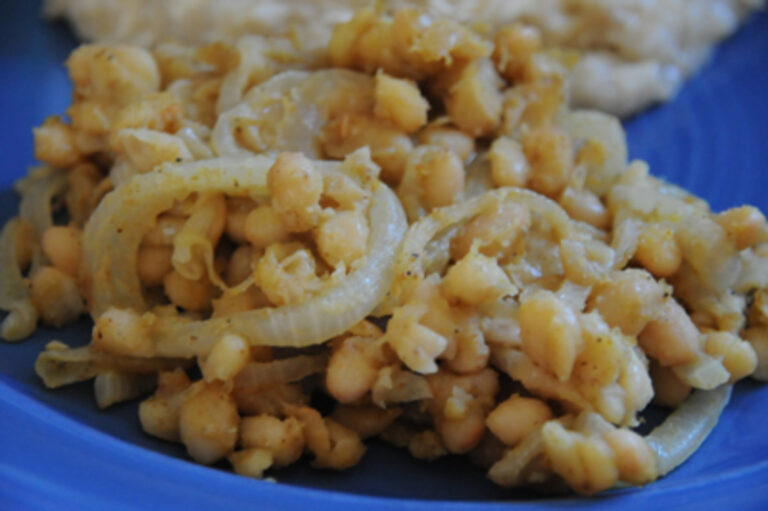Introduction: Burundian cuisine overview
Burundian cuisine is a reflection of the country’s cultural heritage and geographical location. Located in Central Africa, Burundi is surrounded by Tanzania, Rwanda, and the Democratic Republic of Congo. This proximity to other African countries has influenced Burundian cuisine over the years. Traditional Burundian dishes are typically made from locally grown ingredients and are known for being hearty, flavorful, and filling.
Importance of cooking techniques in Burundian cuisine
Cooking techniques play a vital role in Burundian cuisine as they affect the flavor, texture, and aroma of the food. The traditional cooking techniques used in Burundi are essential to achieving the authentic taste of the dishes. The use of firewood, charcoal, or gas stoves is common in Burundian households, and cooking is often done outdoors over an open flame. The cooking process is slow, and the dishes are usually simmered for a long time to enhance their flavor.
Traditional cooking techniques: grilling and stewing
Grilling and stewing are two of the most common traditional cooking techniques used in Burundian cuisine. Grilling is often done over an open flame, and it is used to cook meat, fish, and vegetables. In Burundi, grilled meat is a popular delicacy, and it is often marinated in a mixture of spices before being grilled. Stewing is another popular technique that involves cooking meat or vegetables in a flavorful broth for an extended period. This technique is used to make dishes such as beef stew, which is a staple in Burundian cuisine.
The use of plantains and cassava in Burundian cuisine
Plantains and cassava are two essential ingredients in Burundian cuisine. Plantains are a type of banana that is starchier and less sweet than regular bananas. They are used in both sweet and savory dishes, such as plantain chips and matoke, a dish made from mashed plantains. Cassava, on the other hand, is a root vegetable that is often used to make fufu, a starchy porridge made by mashing cassava roots. Both plantains and cassava are versatile ingredients that can be used in a wide range of dishes.
Fermentation and preservation in Burundian dishes
Fermentation and preservation are common techniques used in Burundian cuisine. Fermented milk is a popular drink in Burundi, and it is often used to make dishes such as sour milk porridge. Preservation techniques, such as drying, salting, and smoking, are also used to preserve fish and meat. Dried fish is a staple in Burundian cuisine, and it is often used to flavor stews and soups.
The influence of neighboring countries on Burundian cuisine
The cuisine of Burundi has been influenced by its neighboring countries, such as Tanzania and Rwanda. The use of spices such as ginger, turmeric, and coriander is common in Burundi, and it is believed to have been influenced by Indian cuisine. The use of beans and legumes in Burundian cuisine is also believed to have been influenced by the cuisine of neighboring countries.
Modern cooking techniques and their impact on Burundian cuisine
Modern cooking techniques such as baking, frying, and sautéing are becoming increasingly popular in Burundi. These techniques are often used in restaurants and hotels, where chefs are experimenting with new ways of preparing traditional dishes. However, traditional cooking techniques such as grilling and stewing still remain essential to achieving the authentic taste of Burundian cuisine.
Conclusion: the unique cooking techniques of Burundian cuisine
Burundian cuisine is a reflection of the country’s cultural heritage and geographical location. The use of traditional cooking techniques such as grilling and stewing is essential to achieving the authentic taste of Burundian dishes. The use of plantains and cassava, fermentation and preservation techniques, and the influence of neighboring countries on Burundian cuisine all contribute to making it a unique and delicious culinary experience.

